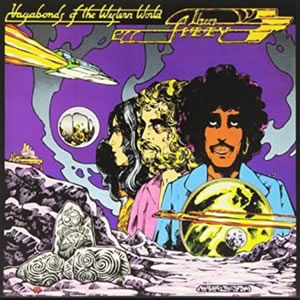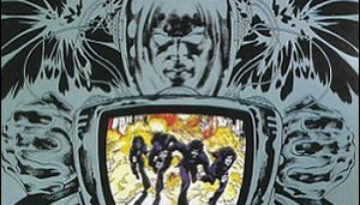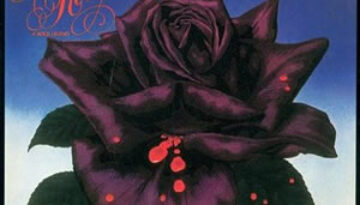Top 9 Songs of Spring
With the arrival of Spring, we will look at some of the great rock songs that explicitly mention or implicitly conjure images of Springtime. We countdown this subjective list from #9 to […]

With the arrival of Spring, we will look at some of the great rock songs that explicitly mention or implicitly conjure images of Springtime. We countdown this subjective list from #9 to […]

Buy Vagabonds of the Western World The 1973 release Vagabonds of the Western World, the third studio album by Thin Lizzy, is a cohesive collection of original style and substance by this group […]

Buy Jailbreak After a long musical journey which included style shifts, various lineup changes and five less-than-commercially successful albums, Thin Lizzy finally broke through in 1976 with Jailbreak. This quasi-concept record has an […]

Buy Black Rose: A Rock Legend Perhaps the last great classic album by Thin Lizzy, the 1979 release Black Rose: A Rock Legend, peaked at number 2 on the U.K. album charts, making […]